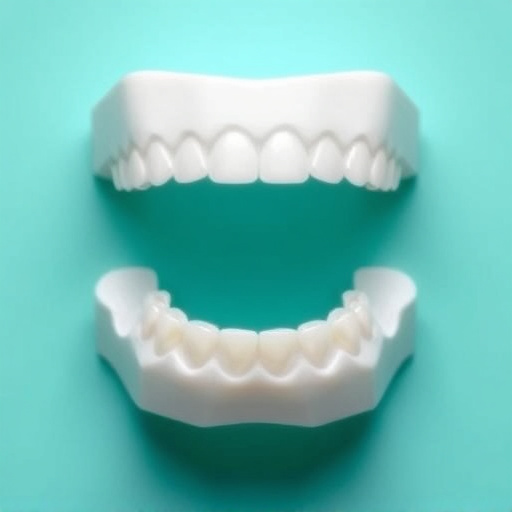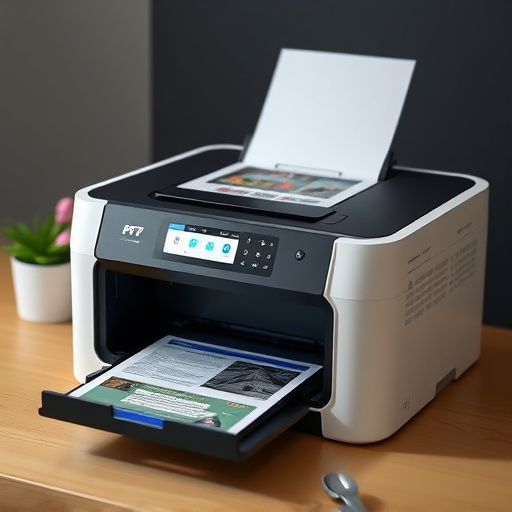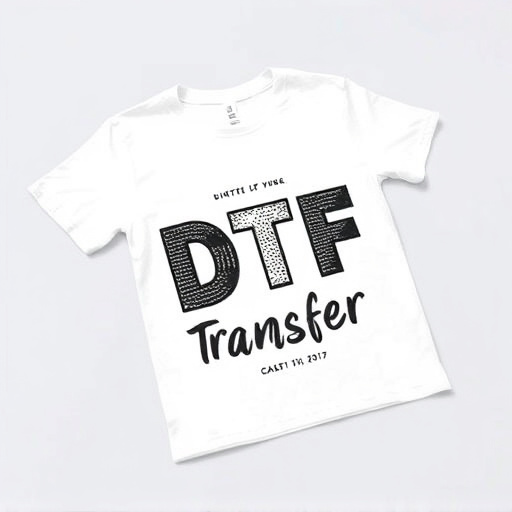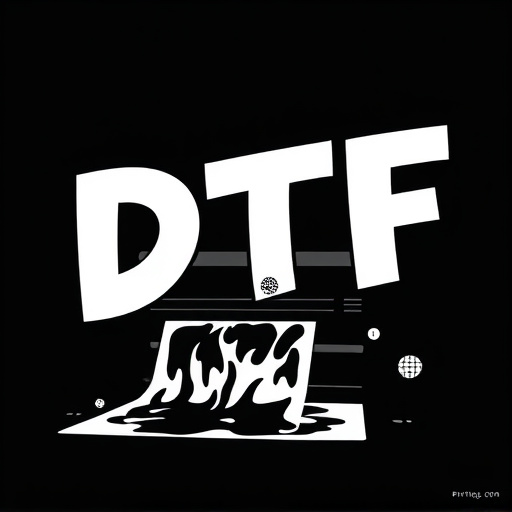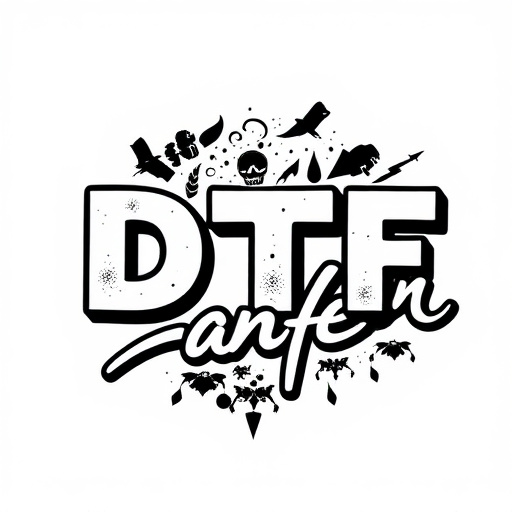DTF Transfers Ready To Press revolutionize custom apparel creation with a digital and efficient Direct to Garment (DTF) printing process. Designers prepare designs in compatible software, then print them onto special paper that's heated and pressed against garments for permanent ink transfer. This versatile method allows printing on diverse materials, making DTF transfers an attractive option for businesses and individuals seeking high-quality personalization. Mastering the process requires precision: accurate design alignment, ideal preheat temperatures, adjusted heat settings and pressing times based on material types, and even pressure application to prevent bubbles or creases, ensuring vibrant colors and precise details with consistent practice.
Unleash your creativity with the powerful combination of Heat Press and DTF (Direct-To-Garment) Transfers Ready to Press. This comprehensive guide takes you from understanding the fundamentals of DTF transfers to mastering the heat press process. Learn about essential tools, preparation tips, and expert advice for achieving perfect results every time. Elevate your custom apparel design with this game-changing technique.
- Understanding DTF Transfers: A Comprehensive Guide
- Heat Press Setup: Preparation and Essential Tools
- Mastering the Process: Tips for Perfect Results
Understanding DTF Transfers: A Comprehensive Guide

DTF Transfers Ready To Press have revolutionized the way we create custom apparel and merchandise. Understanding the DTF (Direct to Garment) printing process is essential for anyone looking to leverage this technology. The DTF transfer is essentially a digital design that is printed directly onto a special paper, which then acts as a temporary carrier for the design. This paper is heated and pressed against the desired garment, transferring the ink permanently onto the fabric.
The dtf printing process begins with file preparation, where graphic designers create or edit the artwork using compatible software. The file should be in a specific format, such as SVG or PNG, and adhere to the requirements of the printer. Once prepared, these files are ready to press against various materials, including cotton, polyester, and more, making dtf custom apparel a versatile option for businesses and individuals alike.
Heat Press Setup: Preparation and Essential Tools
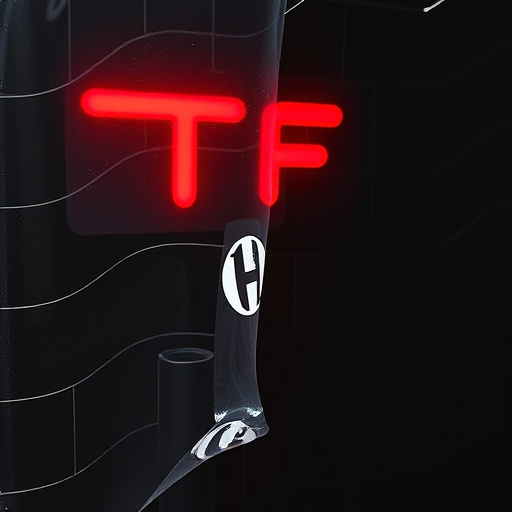
Setting up your heat press for DTF (Direct to Fabric) transfers ready to press is a crucial step in achieving high-quality results. Begin by ensuring your workspace is organized and clear, with ample space for your materials and equipment. Gather all essential tools, including the heat press machine, a variety of DTF logo transfers, dtf gang sheets (customized by size), heat-resistant fabric, and an iron or heating element.
Prepare your heat press by calibrating the temperature and pressure settings according to the manufacturer’s guidelines and the specific requirements for DTF transfers. Place the desired DTF transfer onto the fabric, ensuring alignment and positioning. Adjust the heat press plate to accommodate the size of the transfer, utilizing custom gang sheets if needed. This meticulous preparation will lay the foundation for a successful printing process.
Mastering the Process: Tips for Perfect Results
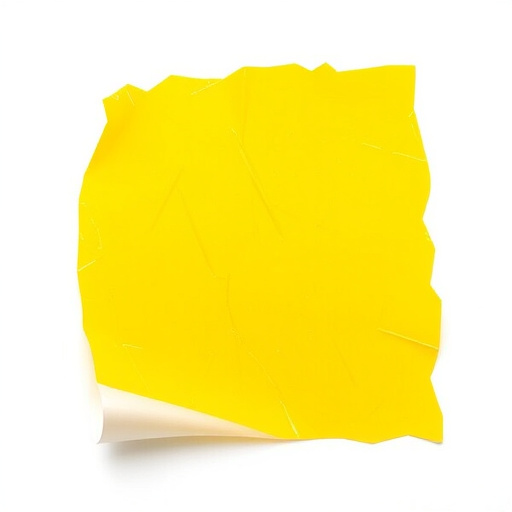
Mastering the Process: Tips for Perfect Results with DTF Transfers Ready to Press
For optimal results with DTF transfers ready to press, precision and preparation are key. Before initiating the heat press process, ensure your design is accurately aligned and centered on the transfer paper. This meticulous step guarantees a crisp and clear image transfer onto various materials, from t-shirts to mugs. Additionally, preheating the heat press machine is imperative; allowing it to reach the ideal temperature ensures the DTF transfer adheres perfectly without burning or smudging.
Consider the material you’re pressing as well. Different fabrics and surfaces require specific heat settings and pressing times. Adjusting these variables according to your material type guarantees a high-quality DTF transfer, ensuring vibrant colors and precise details. Timely application of pressure is equally crucial; applying it evenly across the design prevents bubbles or creases, resulting in a professionally printed product. Remember, with a little practice, you’ll master this process, achieving consistently excellent results with your DTF transfers ready to press.
Using a heat press with DTF (Direct-to-Garment) transfers ready to press is a game-changer for creating high-quality, vibrant designs. By mastering the process outlined in this guide—from understanding DTF transfers and setting up your heat press to tips for achieving perfect results—you’ll be equipped to produce stunning, durable prints on a variety of garments. Whether you’re a professional or hobbyist, these techniques will help ensure your DTF Transfers Ready to Press projects turn out brilliantly every time.


